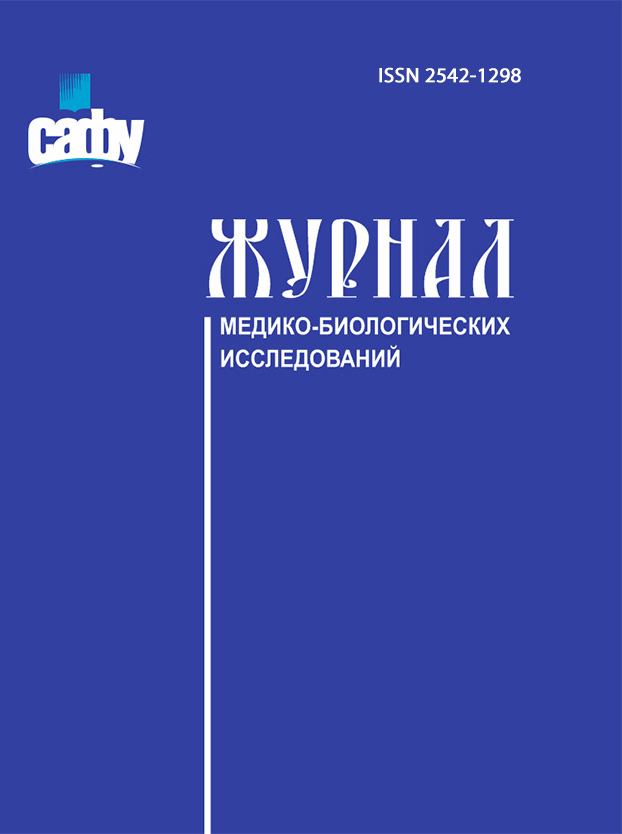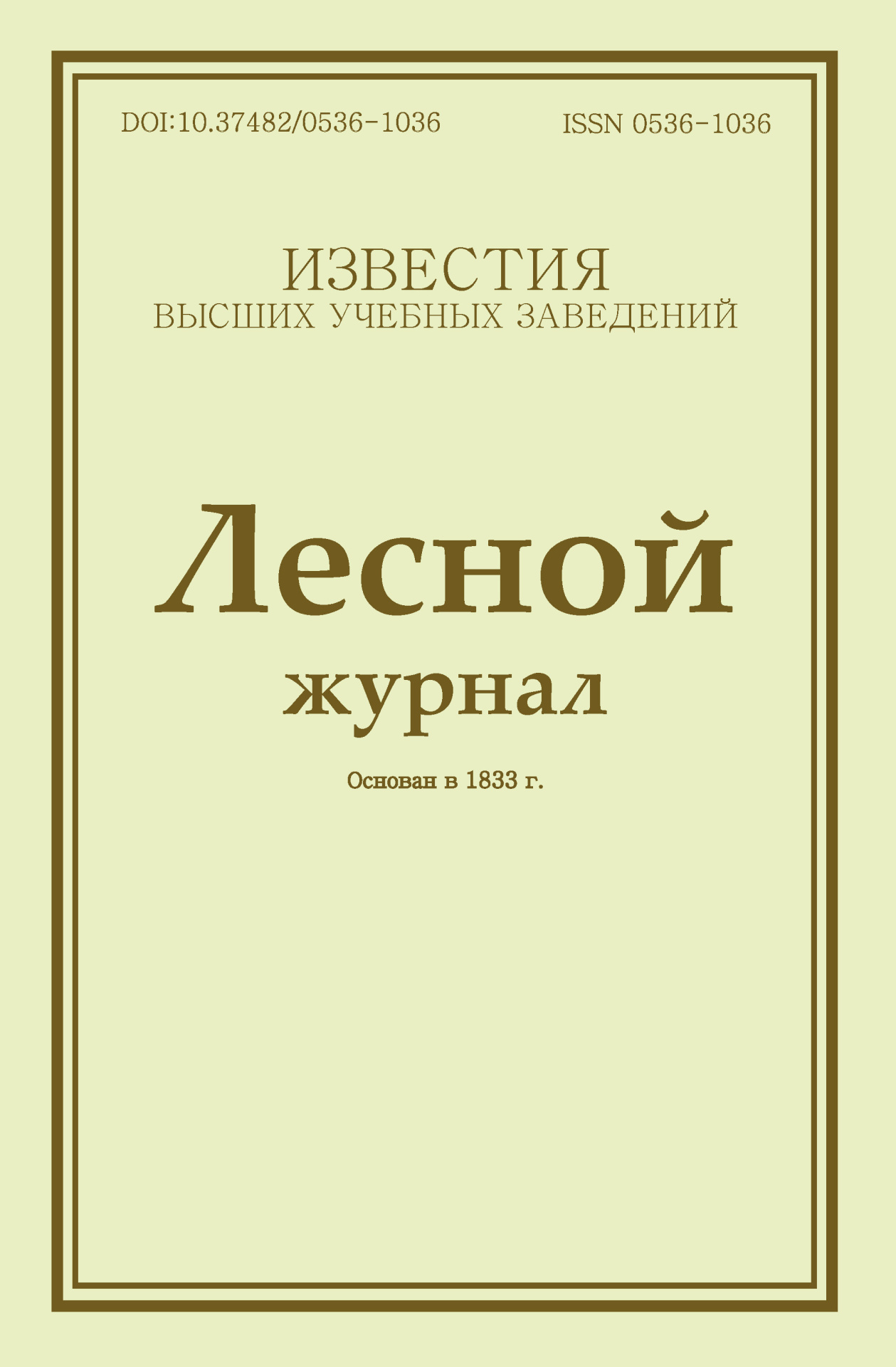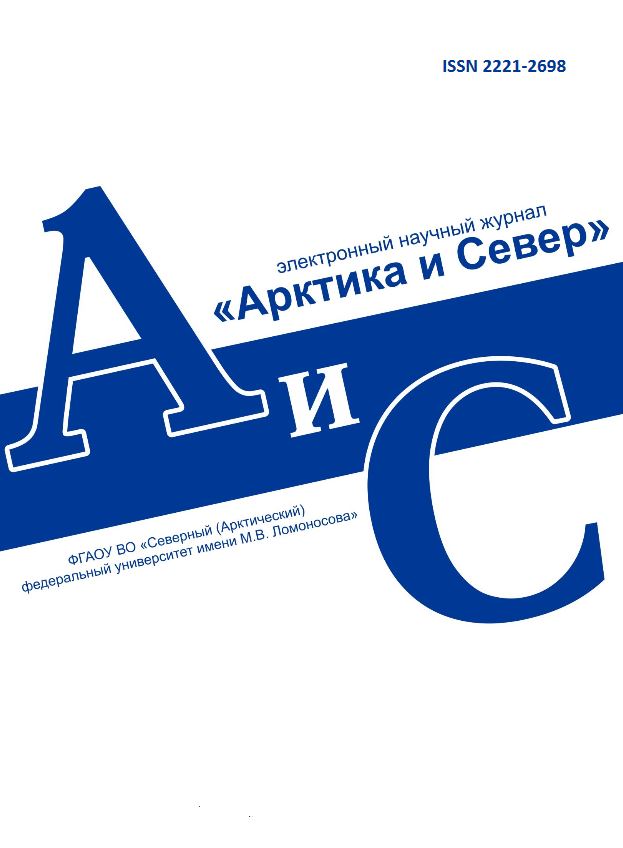
Vestnik of Northern (Arctic) Federal University.
Series "Humanitarian and Social Sciences"
ISSN 2227-6564 e-ISSN 2687-1505 DOI:10.37482/2687-1505
Legal and postal addresses of the founder and publisher: Northern (Arctic) Federal University named after M.V. Lomonosov, Naberezhnaya Severnoy Dviny, 17, Arkhangelsk, 163002, Russian Federation Editorial office address: Vestnik of Northern (Arctic) Federal University. Series "Humanitarian and Social Sciences", 56 ul. Uritskogo, Arkhangelsk
Phone: (8182) 21-61-20, ext. 18-20 ABOUT JOURNAL |
Section: Philosophy, Sociology, Politology Download (pdf, 3.3MB )UDC130.2+37.018.8+796.86+796.088AuthorsSergey B. KulikovTomsk State Pedagogical University korp. 1, 60 Kievskaya St., Tomsk, 634061, Russian Federation; e-mail: kulikovsb@tspu.edu.ru Alla A. Podberezhnaya Tomsk State Pedagogical University korp. 1, 60 Kievskaya St., Tomsk, 634061, Russian Federation; e-mail: young_be@sibmail.com AbstractThis study, aimed to identify how antique ideas influence modern views, proceeds from the aurhors’ interest in the philosophical, culturological, and pedagogical potential of antique ideals based on the principle of kalokagathia, or combination of the beautiful and the good. In this regard, it was important to touch upon the fundamentals of sports training to identify causal links between the cultural-historical time, determining progressive trends in fencing, and visualizations of fencing in theatre and cinema. The methods of comparative analysis and cultural modelling utilized to determine the links between culturalhistorical time and fencing can help develop training techniques taking into account the time factor in the interactions between fencers, judges and the public. The authors came to the conclusion that cultural-historical time plays an important role in the development of artistic fencing by opening up new opportunities for visualization of fencing duels on stage, in films and in sports. Today, the standards of fight demonstration and evaluation criteria are changing. Reconstructed fights indicate a virtual nature of conflict situations created according to the pre-approved plan in competitions or director’s conception in a play or a film. However, when staging fights or preparing athletes for competitions, it is necessary to preserve authenticity of the image and of the actions performed. In this context, it is important to mention the intrinsic value of kalokagathia, proposed back in antiquity, which today is presented as the principle of the unity of content and form. This principle forms the basis for the generally valid quality standards guiding referees and helping the audience to appraise visualizations of fencing bouts on stage and in films.Keywordscultural-historical time, philosophy of culture, cultural models, ancient legacy, artistic fencing, kalokagathiaReferences
|
Make a Submission
INDEXED IN:
|
Продолжая просмотр сайта, я соглашаюсь с использованием файлов cookie владельцем сайта в соответствии с Политикой в отношении файлов cookie, в том числе на передачу данных, указанных в Политике, третьим лицам (статистическим службам сети Интернет).






